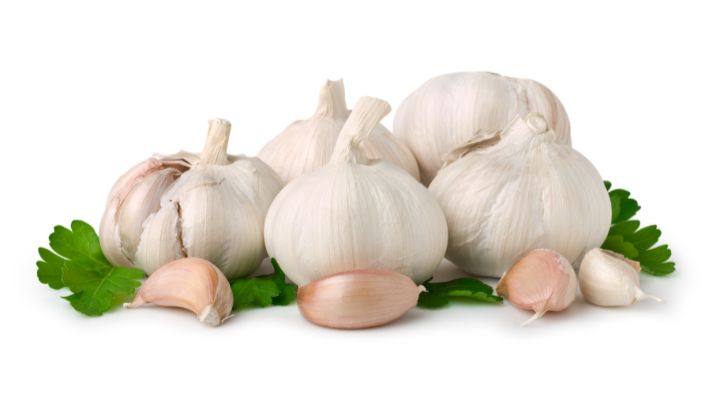Garlic, often hailed as a superfood, has been revered for centuries for its numerous health benefits. From culinary uses to medicinal applications, garlic holds a significant place in various cultures around the world. Beyond its common culinary use, garlic has been explored for its potential health benefits when placed in specific parts of the body. In this article, we delve into the historical use of garlic, its composition, and the effects of placing garlic in particular areas to enhance health.
Historical Use of Garlic
Throughout history, garlic has been a staple ingredient in various cuisines and traditional medicines. Ancient civilizations such as the Egyptians, Greeks, and Romans recognized the medicinal properties of garlic and used it to treat a myriad of ailments, ranging from infections to digestive issues. Its use in traditional medicine continues to persist in many cultures to this day.
Composition of Garlic
Garlic contains several bioactive compounds, including allicin, which is responsible for its distinct aroma and potent medicinal properties. Allicin, along with other sulfur-containing compounds, contributes to garlic’s anti-inflammatory, antimicrobial, and antioxidant effects, making it a popular remedy for promoting overall health and well-being.
Putting Garlic in Specific Parts of the Body
Placing Garlic in the Ear
One common folk remedy involves placing a clove of garlic in the ear to alleviate ear infections and earaches. Proponents of this method claim that the antimicrobial properties of garlic can help combat bacterial or fungal infections in the ear canal.
Putting Garlic under the Pillow
Another folk remedy involves placing a clove of garlic under the pillow before bedtime. It is believed that the aroma released by the garlic may help improve sleep quality and alleviate certain respiratory conditions, such as congestion and coughing.
Health Benefits of Placing Garlic in the Ear
While there is limited scientific evidence to support the efficacy of placing garlic in the ear, some studies have shown promising results. Garlic contains compounds that possess antimicrobial properties, which may help inhibit the growth of bacteria or fungi responsible for ear infections. However, it is essential to exercise caution and consult a healthcare professional before attempting this remedy, as inserting foreign objects into the ear can potentially damage the delicate structures of the ear canal.
Effects of Placing Garlic under the Pillow
Placing garlic under the pillow is often touted as a natural remedy for improving sleep quality and alleviating respiratory symptoms. While the scent of garlic may have a calming effect on some individuals, scientific evidence supporting its efficacy in promoting sleep is limited. However, anecdotal reports suggest that some people may experience relief from congestion and coughing by inhaling the aroma of garlic while sleeping.
Scientific Studies
Numerous scientific studies have explored the medicinal properties of garlic and its potential impact on human health. Research suggests that garlic may possess antioxidant, anti-inflammatory, and antimicrobial properties, which may contribute to its therapeutic effects. However, more research is needed to fully understand the mechanisms underlying garlic’s health benefits and its efficacy in different applications.
Precautions and Side Effects
While garlic is generally considered safe for consumption and topical use, it may cause adverse reactions in some individuals. Allergic reactions to garlic are rare but can occur in sensitive individuals. Additionally, topical application of garlic may cause skin irritation or burns in some cases. It is essential to perform a patch test before applying garlic topically and to discontinue use if any adverse reactions occur.
Practical Applications
For those interested in exploring the potential health benefits of garlic, there are several safe and practical ways to incorporate it into their daily routine. Consuming raw or cooked garlic in culinary dishes, taking garlic supplements, or using garlic-infused oils are common methods of reaping the medicinal benefits of this versatile herb. However, it is advisable to consult a healthcare professional before using garlic for therapeutic purposes, especially if you have underlying health conditions or are taking medications.
Conclusion
In conclusion, garlic is a potent herb with a long history of use in traditional medicine and culinary practices. While placing garlic in specific parts of the body may offer certain health benefits, scientific evidence supporting these practices is limited. Nevertheless, garlic remains a valuable addition to a healthy lifestyle, thanks to its numerous bioactive compounds and potential medicinal properties. As with any natural remedy, it is essential to approach garlic usage with caution and seek guidance from healthcare professionals when necessary.







